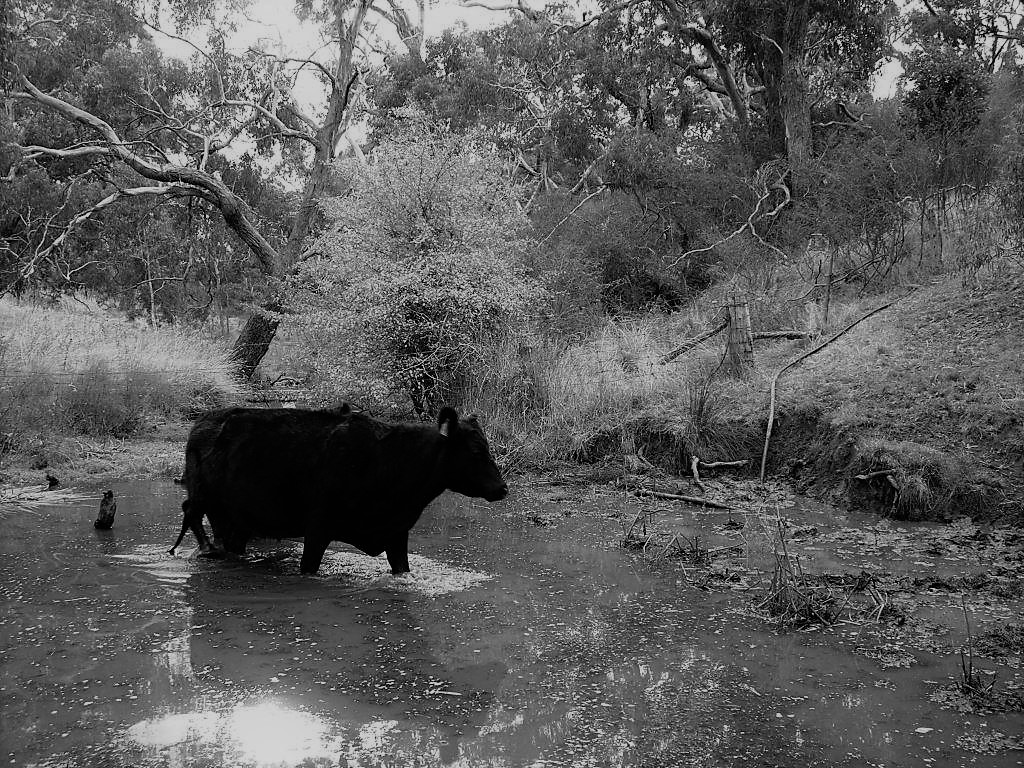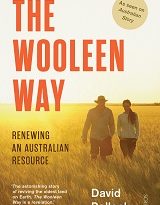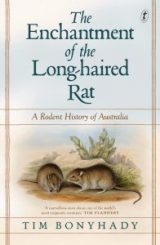James Bonwick Western Victoria 1857
James Bonwick a government schools inspector travelled through western Victoria to report on the state of education in towns and settlements. His report “Western Victoria – its geography, geology and social condition – The narrative of an educational tour in 1857″ was published in 1858.
Edited excerpts about Bonwick’s observations of landscapes, native pastures, wildlife, soils and bushfires by Patrick Francis
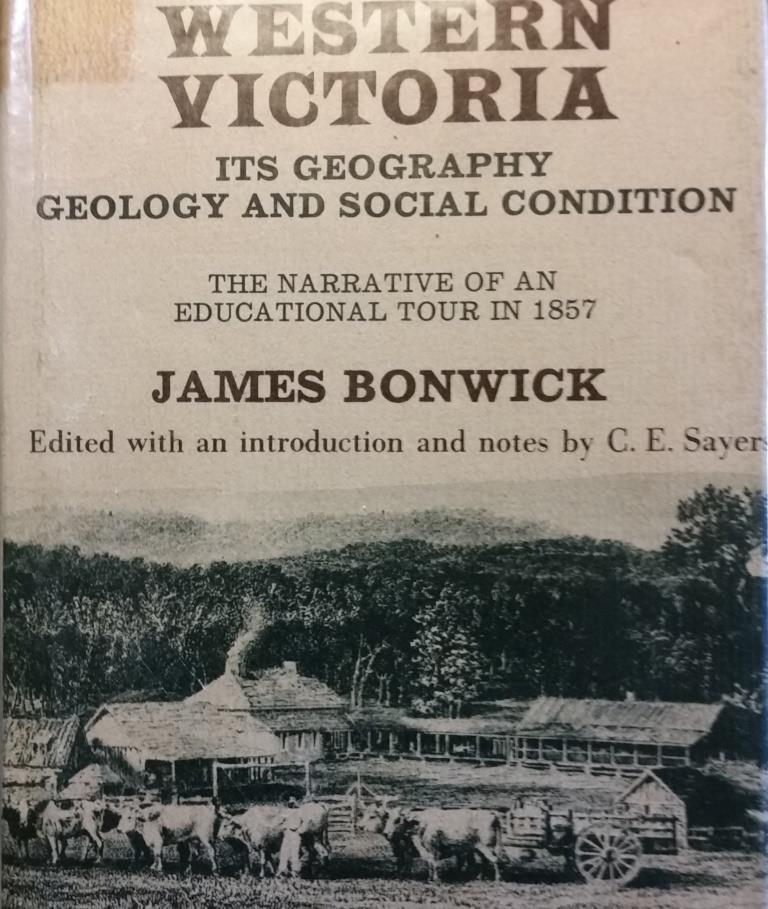
P24 Bushfire between Cape Otway and Warrnambool:
About 1850 – Our first governor Mr La Trobe was once glad to take refuge for a whole day under these cliffs, when driven from the inland forests by a large bush fire.
P24 no food in the forest:
Curdies creek is named after the explorer Dr Curdie. That gentleman followed the stream to the sea, west of Cape Otway about 1845 experiencing some suffering on the way, for three days he could get no food.
P38 Kangaroo numbers explode around Noorat:
Noorat area: The natural history of the locality has its interest in the enomous number of kangaroos. In ten minutes I counted 90. The benevolent Dr Curdie could not bear shooting these mild looking and beautiful creatures; but without remorse now he can employ a fine body guard ot kangaroo dogs. …He could accommodate 800 more head of cattle upon his run if it were not for their invasions. Their natural enemies, the aborigines, are too few and too well fed with mutton to be a terror now.
In the forest and stony country there are other varmint which trouble the settler beside kangaroos and fruit eating opossums. Eagle hawks and wild dogs are very mischievous to the flocks; lambs are the favorite objects of attack. The gun is insufficient and poison is employed to destroy them. Mr Roadknight informed me that he gathered in one day four dozen dead eagle-hawks.
P40 wildlife around lake Terang:
The lake abounds with black swans, etc. The native hen is a small and delicately formed bird… Emus sport on the wide plains. The platypus may be observed… on the side of the lakes. The Blacks cure the skin of the platypus by the use of red hot ashes.
P51 Herbage around Warrnambool:
Mr LaTrobe was struck with the luxuriant herbage and fine agricultural prospects of the district, and resolved upon forming a township.
(The inhabitants of Warnambool) have too a good fashion here of sending home (England and Ireland) for their friends, desiring that they may have a share of the good land of Goshen. (Goshen is described as the best land in Egypt, suitable for both crops and livestock – Wickipedia)
The Warrnambool district is of such fertile soil, that a paddock of 100 hundred acres has produced wheat at the rate of 50 bushels to the acre throughout (3.36t/ha). Wheat at the time of my visit at 5 shillings per bushel…
P70 About Tower Hill district:
(Tower Hill) is surrounded by an extremely fertile and beautifully wooded country….Immense crops are raised. The moisture of the climate, and mildness of temperature, make the locality one of the healthiest for man, and most productive for vegetation.
P81 Land surrounding Belfast (Port Fairy) has changed drastically:
The naked appearance of the country around, without trees and flowers and nothing but fences, open fields and houses is really most unromantic and dull; it was far otherwise when the forest came down to the water’s edge.
P87 Feb 1851 Black Thursday bushfire impact near Yambuk:
(Near Yambuk) Down towards the sea…I noticed very many dead trees. These were destroyed in the great fire of Black Thursday, in February 1851, whose desolating influence was felt over three of the colonies. (His tour was in 1857)
P87 native birds Yambuck:
(Near Yambuk) The black swans upon the swamps and lagoons were in immense flocks. The Native Companion is a sort of slate colored crane about a yard high, of a very delicate and beautiful figure, but of decidedly thievish habits for a flock will make sad havock at seed time in a field. The geese are strong in flight, and are either of a black or a grey colour. A number of little cockatoos screamed past me with their red top knots.
P88 area under cultivation:
County Villiers containing 1660 square miles… the cultivation acreage of the county is 12,146 being one fifteenth part of the farming land of the colony.
P88 different soil types:
Leaving …Yambuk I jogged on towards Portland…40 miles distant. My path lay through a region of swamps, heartless forest, barren wastes, heathy scrubs, lifeless desert. The soil was in some places covered with sand, in others with a spewy clay, and again, with the harsh and sterile ferruginous gravel. Now and then a small oasis would gratify the traveller with its real grass, its Blackwood, Cherry and She Oak, when the limestone could shake off the sand, clay or gravel.
P90 more on Black Thursday 1851:
Never in the history of the colonies was such a hot wind known. The progress of the fire was as the leap of a demon. The smoke, the stifling heat, the roar of flames and wind, the volumes of dust, the flying showers of burnt leaves, and the peculiar sensations of terror and hopeless helplessness will never be forgotten by colonists of February 1851.
P110 Sand encroachment onto land:
Towards the Glenelg (river) the sand is rapidly gaining upon the good land. The forest struggles in vain again the intruder….. The drifting of the white sand across heath and forest calls forth most melancholy reflections. How many evils (fire, flood, sand encroachment etc) are there which human foresight, skill and power cannot withstand! Change, too is written upon the face of all things.
P150 magnificent pasture Casterton:
Returning … to the Glenelg at Casterton, I soon exchanged sterility for fertility in a ramble through Wando Vale from four to eight miles north-east of Casterton. The rich black soil was covered with luxuriant grass and a few trees.
P153 Loveliest part of Victoria – Wannon west of Hamilton:
I must now enter into a more particular description of the loveliest part of Victoria – the Valley of the Wannon and the Wannon Downs. The rememberance of my first view of that realm of beauty is ever pleasing to my mind….. I never before saw such sympathy in nature between heaven and earth. …I wondered not at Mitchell’s enthusiasm when he described it (in 1836) as “an open grassy country, extending as far as we could see – hills round and smooth as a carpet – meadows broad and either green as an emerald, or of a rich golden colour from the abundance of a Ranunculus-like flower.”
P155 Change from spring to summer and bush fires:
In winter the rain so swell the Wannon that if overflows the flats to a great distance. This is all changed in a few months. The Australian sun gathers strength, …he becomes a thorough exacting tyrant, …he drains the earth of the springs and the plant of its juices….In plain English, the grass withers and the whole country has a parched appearance.
This is the season of alarm about fires…. If at the distance of many miles the rolling smoke is seen… homesteads and out-stations instantly prepare their strength to meet the enemy. …Anxiety and fear, but yet determination are all delineated in the face of each as he hurries on. The air can scarcely be breathed. The sun is livid and shines as through a fog. Birds scream wildly by, and the beasts of the earth tremble with dismay. The roar, as of distant stormy waves, booms upon the ear, increasing hastily and violently in sound. Dark masses of smoke come flying on with the fury and speed of a whirlwind. Breaks in the cloudy wall disclose to view the leaping flames.
Gallantly do the men await the conflict and rush to battle with the foe, sack or bough in hand. With a crackling laugh he bounds forward as the Destroyer with his legionary volumes around him.
The stockmen cannot withstand his glare or breath, and with a run for life they let the Burner pass. Again they turn. Some spring after the fire and dash the red embers to blackness. Others rush to the feebler wings of the enemy and drive in the blazing current to the centre. Another united charge, and the dark and smouldering surface tells of victory. Water , water, is now the cry of the combatants. But there is no rest yet. The wind has shifted.
A lighted brand has fallen upon some dried grass, another flame is kindled, another chase follows. Conquest is succeeded only by fresh calls for fight. Hours pass. The winds complete the cycloid. A heavy shower falls, and that day’s toil is over.
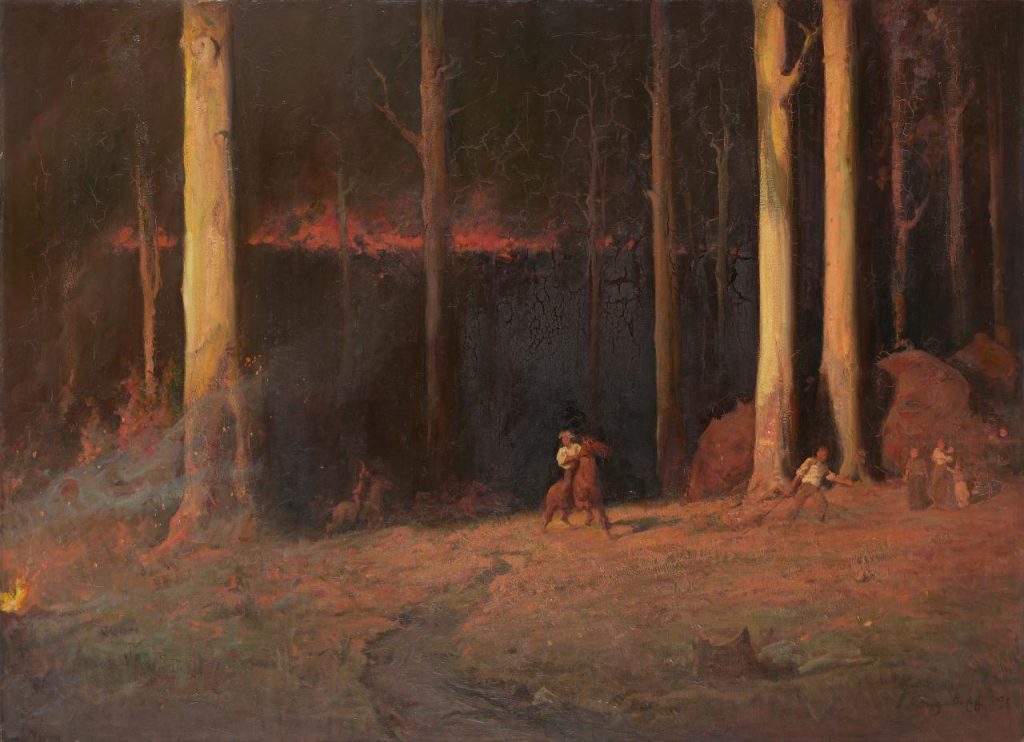
P160 an argument for ring-barking trees:
The quantity of stock maintained in timber is far below that fed on the plains. The growth of good, nutritive grasses is prevented:
First by the shadow of the trees preventing the sun from developing the saccharine juices of the grass;
Secondly, by the absorption of food for the trees themselves;
Thirdly, by the increase of scrubby and rough vegetation fostered in the shade;
Fourthly, by the accumulation of the wreck of forest trees in the shape of fallen leaves and bark, which are also injurious in affording sustenance to and being the existing cause of our bush fires.
The only practicable remedy proposed is that of Girdling the trees. By this simple process we cut off communication between the root and the branches. A few years ago…the few who adopted it found a golden reward. Mr Gellibrand was one who tried it. The details of his experiences will be read with interest by our farming friends.
In one enclosure to timbered land he had 1500 acres. Into this he put 700 sheep. At the end of the first three months he observed the stock falling off in flesh upon this sickly and feeble pasture, and he was compelled to remove them. But 12 months after girdling the trees he was able to feed 1300 sheep without any apparent diminution of grass. Such was the improvement, even, that he ventured to add 35 horses, and subsequently 100 head of cattle. Notwithstanding this increase of mouths the feed continued good, and greatly improved in flavour.
In an old country the destruction of so much timber would seem a shameful waste of resources, it is otherwise in a land that requires clearing. With 60,000,000 of acres of land we ought to keep a vast deal more stock than we do (in Victoria). Tasmania with 5,000,000 acres has 2,000,000 (livestock).
P176 Recognising explorers and pioneers:
The labors of explorers are too apt to be forgotten when their merits should claim the more attention. When a country thus opened up to the world becomes settled with a busy people, the romance of its history, so to speak, is lost in the hum of every day life….
A reaction may come. Our children may cherish more affectionate interest in the names of Cook, Flinders, Sturt, Mitchell. Leichhardt and Kennedy, than we have done. Without wholly adopting Carlyle’s Hero Worship, we do well, at least to remember with kindness and gratitude the hardships, perils and casualities endured by others to open up a new realm, and to give to us a home.
P177 treeless plains on the Dunkeld Wickliffe road:
For nine miles from Dunkeld the road is through a timber and crab hole country. The remainder of the distance is over the usul basaltic plain, with scarcely a tree for miles, beyond a Honeysuckle….
Leaving Wickliffe I came to Lake Bolac… then onward mile after a mile for weary hours was the plain, the treeless plain….Other dreary plains – cold, exposed and wet in winter, parched, dusty and broiling in summer. Their dull uniformity depresses one. There is nothing to interest you. The eye beholds nothing but the circular horizon, like a boundless sea, without the life of the waves….
For 50 miles I rode in an easterly direction on the plain, without meeting a bit of timber. How I did long for the forest tops again.
P184 Native eat Myrnongs, sheep eat myrnongs, natives eat sheep:
Upon the plains (north of Skipton) are the ruins of curious native ovens. They were constructed for the baking of Myrnong root. Lubras collected the roots and superintended the cookery. …But the Myrnongs were devoured by the sheep, and the natives then fed on the destroyer.
P184 Climate change and livestock impacts on chain of ponds and stream flows:
I was interested with accounts of the change of climate, as it was said by some, since the occupation of the western country by the Whites. Formerly the drought was greatly to be dreaded. The creeks soon dried up, and water-holes were few and shallow. Now water is abundant. Once huge trees grew in hollows in the bed of the stream; now these holes contain 20 and 30 feet of water. The simple truth is, that the continual treading of the soil by the hoof of the stock forms a surface, from which the rain water falls into hollows of creeks. Water holes, moreover, are able to retain the precious liquid, better than formerly, because the cattle have by pressure puddled, as it were, the bottom into retentive clay.
